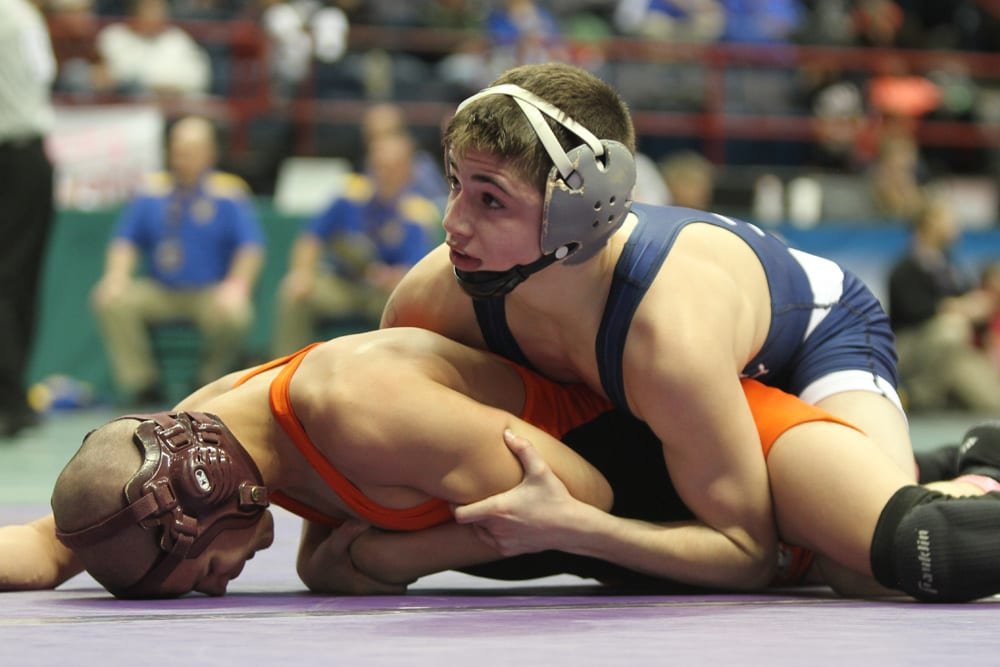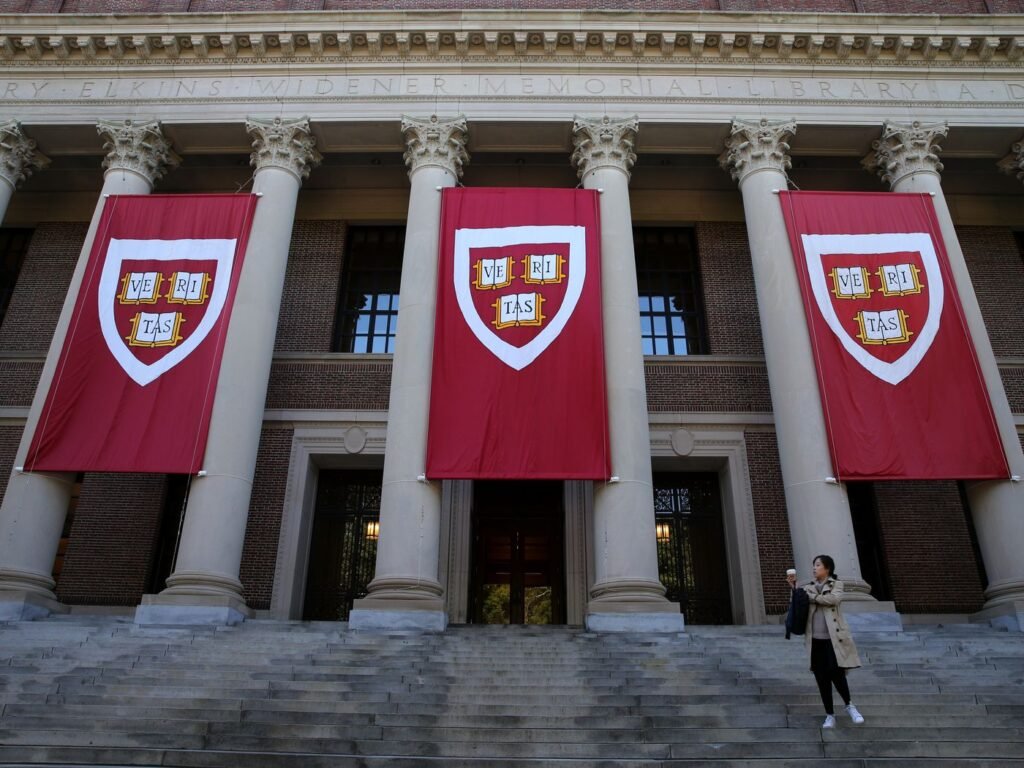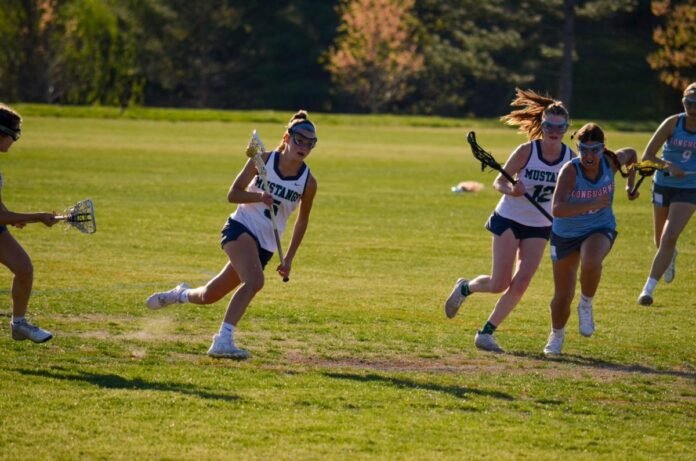Welcome to the dynamic world of college sports, where passion meets competition and dreams take flight. Lindenwood University, a beacon of athletic excellence, recently found itself at a crossroads that sent shockwaves through its community – the decision to cut several sports programs. Let’s dive into the heart of this matter, exploring the impact on student-athletes, coaches, and the university as a whole. Get ready to uncover the highs and lows of this challenging chapter in Lindenwood’s storied sporting history!
Importance of sports in college
Sports play a vital role in college life, offering students opportunities to stay active, build teamwork skills, and create lasting memories. Beyond the physical benefits, sports also foster camaraderie among peers and provide a sense of belonging within the campus community. For many student-athletes, participating in sports is not just about competition but also about personal growth and character development.
College sports programs often serve as a platform for athletes to showcase their talents and potentially pursue professional careers in their respective fields. The discipline, dedication, and time management skills required in balancing academics with athletics are invaluable lessons that can shape individuals both on and off the field.
Moreover, college sports bring pride and spirit to universities by uniting students, alumni, faculty, and fans in support of their teams. Whether it’s cheering from the bleachers or donning school colors on game day, the excitement surrounding collegiate athletics contributes to a vibrant campus culture that enriches the overall college experience.
Reasons for cutting sports programs

Lindenwood University recently made the difficult decision to cut several sports programs, leaving many student-athletes and coaches in disbelief. The university cited financial challenges as one of the primary reasons for this drastic measure. With a changing landscape in collegiate athletics and increasing costs associated with running multiple sports programs, Lindenwood had to reevaluate its budget priorities.
Additionally, declining enrollment numbers and ongoing uncertainties related to the COVID-19 pandemic further exacerbated the financial strain on the university. In order to ensure long-term sustainability and maintain academic excellence, tough decisions had to be made regarding the athletic department’s offerings. While these cuts were undoubtedly painful for those impacted, Lindenwood hoped that by consolidating resources, they could continue providing a high-quality education for all students.
List of cut sports at Lindenwood
Lindenwood University recently made the difficult decision to cut several sports programs from their athletic department. Among the list of sports that were affected are men’s wrestling, women’s field hockey, and men’s tennis. These programs have been a part of Lindenwood’s sports culture for years, contributing to the university’s athletic success.
The elimination of these teams has left many student-athletes and coaches grappling with uncertainty about their future in competitive sports. For those who poured their hearts into representing Lindenwood on the field or court, this news came as a devastating blow.
The impact is not only felt by those directly involved but reverberates throughout the entire campus community. The loss of these programs has left a void in school spirit and camaraderie that will be challenging to fill.
Impact on student athletes and coaches
The decision by Lindenwood University to cut several sports programs has sent shockwaves through the student athletes and coaches involved. For these individuals, their sport was not just a hobby but a passion that consumed much of their time and energy. Suddenly being told that their team is no longer part of the university’s athletic offerings can be devastating.
Student athletes who had dreams of competing at a collegiate level now find themselves in limbo, unsure of what the future holds for their athletic careers. Coaches who dedicated countless hours to training and mentoring these athletes are left without a team to lead or players to guide.
Response from the university and alumni

Lindenwood University’s decision to cut several sports programs has sparked a wave of responses from both the university and alumni. The administration cited financial constraints as the primary reason for this tough call, leading to disappointment among affected athletes and coaches.
Alumni have expressed mixed reactions, with some understanding the university’s position while others voicing concerns about the impact on student-athletes’ experiences. Many former students are rallying together to support those who have been affected by these changes.
Steps taken by the affected teams/athletes
In the face of adversity, the affected teams and athletes at Lindenwood University have shown resilience and determination. Many student-athletes have come together to support each other during this challenging time, forming a tight-knit community that stands united in their passion for sports.
Some athletes have taken to social media platforms to raise awareness about the impact of cutting sports programs at Lindenwood. By sharing their stories and highlighting the importance of athletics in their lives, they hope to garner support from alumni, fans, and the wider community.
Others have organized fundraisers and events to help offset costs associated with continuing their athletic pursuits independently. Through creative initiatives and teamwork, these athletes are finding ways to keep their dreams alive despite facing setbacks.
Conclusion
In light of the recent cuts to sports programs at Lindenwood University, it is evident that these decisions have had a significant impact on student athletes, coaches, and the wider community. The discontinuation of several sports teams has left many individuals without a platform to showcase their talents and pursue their athletic aspirations.
While the reasons behind these cuts may be rooted in financial concerns and strategic realignment, it is crucial for universities to consider the long-term implications on those directly affected by such decisions. The response from both the university and alumni highlights the deep emotional connection people have with their alma mater’s athletic programs.
As we reflect on Lindenwood’s decision in comparison to other universities facing similar challenges, it becomes apparent that these choices are part of larger trends in collegiate athletics. Moving forward, steps must be taken to support the affected teams and athletes as they navigate this period of transition.


